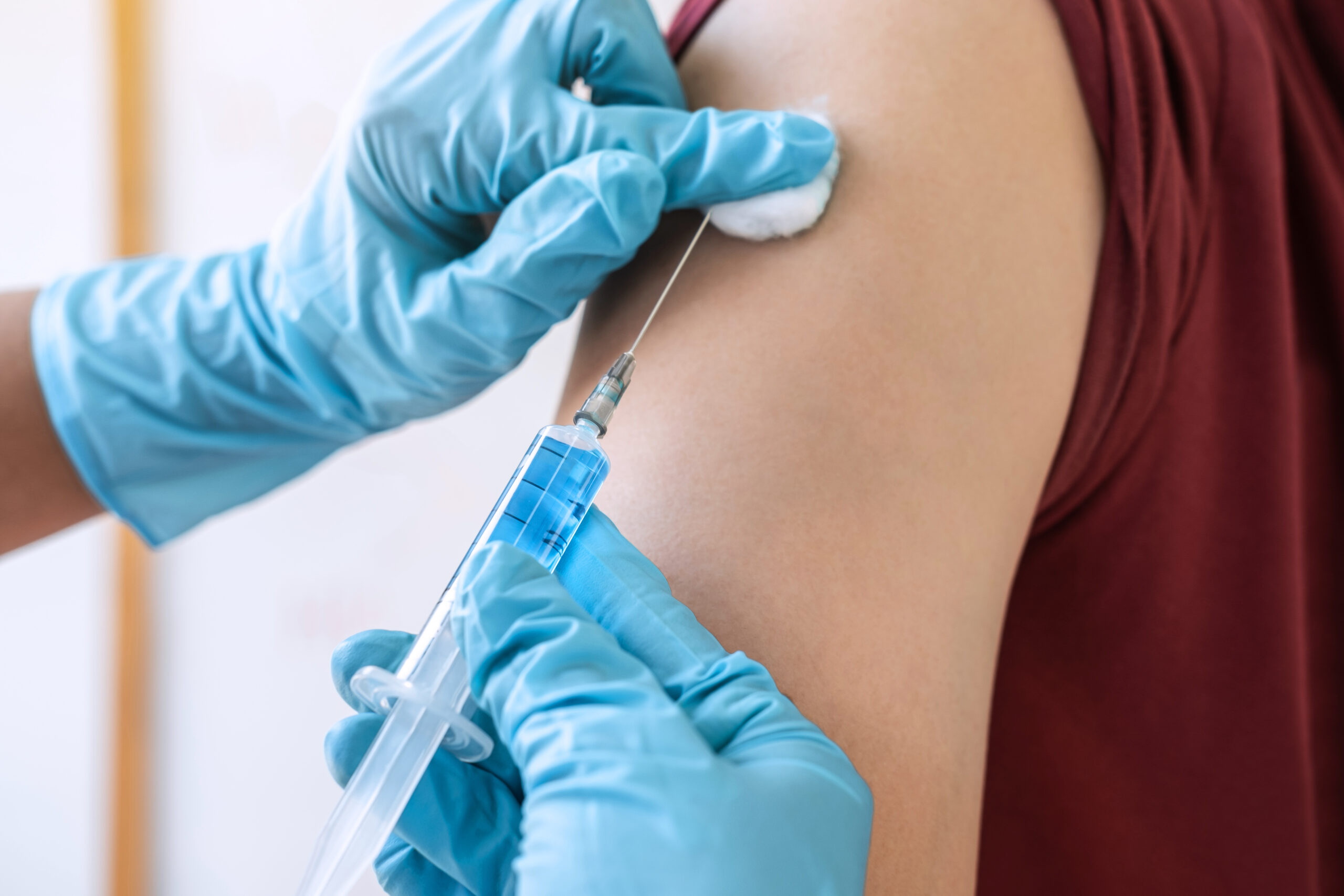Microprojects, Macro Impact: The Power of Independent Vaccination Campaigns
Vaccination in vulnerable contexts is of great importance for preventing illness. An overview of how these efforts are put into motion.

Access to basic healthcare services can be limited in many communities, making such access more of a privilege than a right. For this reason, the efforts made in this regard can generate monumental impact, as seen with independent vaccination campaigns.
These initiatives, led by community organizations, NGOs, local associations, or groups of healthcare professionals, have become powerful tools for protecting vulnerable communities against preventable diseases.
The Power of Vaccination
Vaccination is one of the greatest achievements of modern medicine, a medical tool that preserves people’s health. According to the World Health Organization (WHO), vaccines save between 2 and 3 million lives every year.
Vaccines are among the most powerful instruments of medical science, representing a turning point in public health. Designed to prevent disease and save lives, they make a decisive difference precisely in vulnerable communities where access to healthcare is nearly nonexistent. Over the last few decades, vaccines have proven highly effective, significantly reducing child mortality and the burden of preventable diseases.
One of the most effective is the MMR (measles, mumps, rubella) vaccine. With a 97% efficacy rate against measles when two doses are administered, it is key to curbing outbreaks of this disease.
However, that figure could be higher, and even more lives could be saved if access to vaccines were truly universal and reached every corner of the globe. In conflict zones, isolated rural areas, or highly marginalized urban contexts, official campaigns often fail to reach, making alternative resources crucial.
Independent vaccination campaigns, therefore, make a significant difference for all. With a community-centered approach, flexible strategies, and trusted local relationships, these microprojects reach where others cannot, transforming the lives of those who receive them.
A clear example is Salud en Ruta, a nonprofit organization working in the Andean region of southern Peru. Through alliances with local leaders, volunteer nurses, and community-trained health promoters, it carries out mobile vaccination campaigns against human papillomavirus (HPV) and seasonal influenza.
In just three years, Salud en Ruta increased childhood vaccination coverage by 67% in the communities it serves, surpassing regional averages. This outcome highlights the importance of fieldwork.
Unlike large centralized programs, independent vaccination campaigns typically feature four key elements. First, cultural and linguistic adaptability, as they are designed with a deep understanding of local contexts, respecting customs, languages, and social dynamics.
Second, mobility and flexibility, relying on mobile units, walking routes, or temporary stations set up in markets, schools, or community festivals. Third, a relational approach, building success on the trust established between health promoters and families.
Finally, the principle of low cost and high efficiency: by operating with lightweight structures and voluntary or semi-voluntary participation, they maximize resource use.
These campaigns often rely on microfinancing, private donations, and partnerships with academic institutions or international networks that provide training and supplies.
Although carried out in specific contexts with urgent needs, their model has become a valuable tool for health systems. Community participation, strategic health planning, and innovation can be scaled up into public policies.
During the COVID-19 pandemic, many of these experiences provided the foundation for rapid vaccination strategies in hard-to-reach territories. In Brazil, community networks in the favelas of Rio de Janeiro played a crucial role in distributing coronavirus vaccines, dispelling rumors, and strengthening trust in science.
The Role of Technology in Vaccination Campaigns
New technologies have also become essential instruments for various health projects. In vaccination campaigns specifically, mobile applications are now used to track immunization histories; drones are employed to deliver vaccines to remote areas; and crowdfunding platforms are leveraged to finance campaigns—all aimed at increasing efficiency.
In vulnerable communities, these campaigns are not just about gaining protection against disease; they also send a powerful message to residents that they are being acknowledged and included—a deeply significant signal. For the broader population, they serve as proof that local action can transform realities.
Investing in these microprojects through funding, training, and policies that recognize their value is not only an act of solidarity and humanity but also a smart strategy for achieving public health goals that benefit everyone. Supporting them reflects an integral vision.


